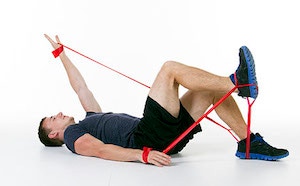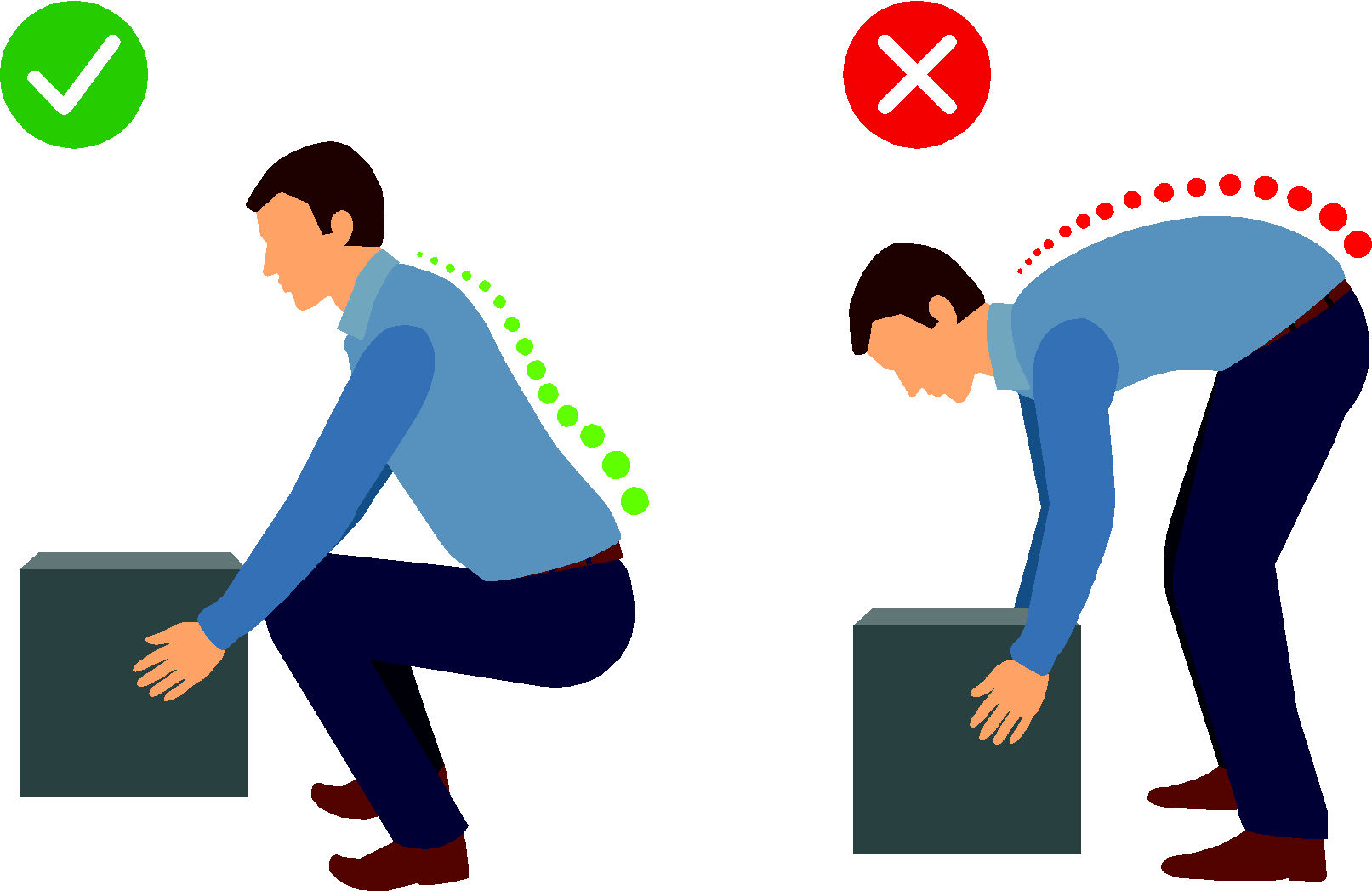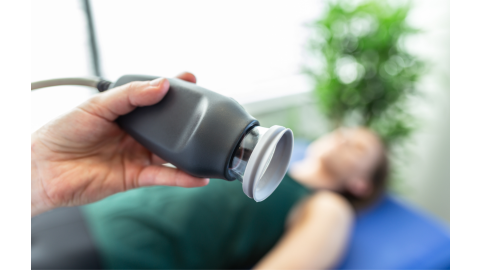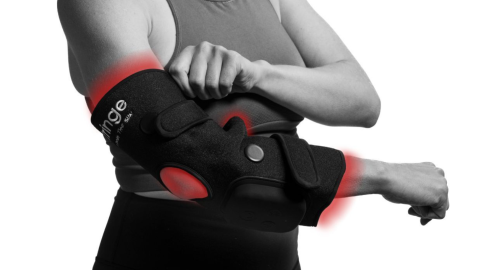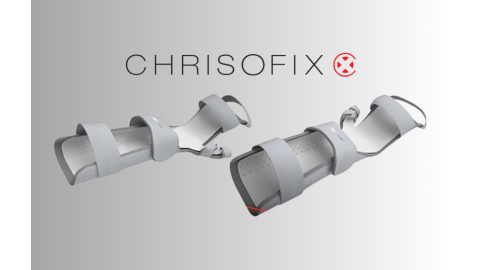Are you wondering if your hurt back is a slipped disc? Learn about what causes a slipped disc, also known as a herniated disc. Then, find out what to do for treatment and pain relief in the first 24 hours and how to prevent your injury in the future.
The Spinal Disc Basics
There are intervertebral discs in your spine between your vertebrae bones. The discs are what gives your spine flexibility. Each disc has two parts, a central gel-like center and an outer casing. Your discs are built to withstand some twisting, turning, and bending.
What is a slipped disc?
A herniated disc occurs when the outer portion of your disc tears allowing some of the gel-center to spill out. This is painful and could compress a spinal nerve causing even more problems, like numbness.
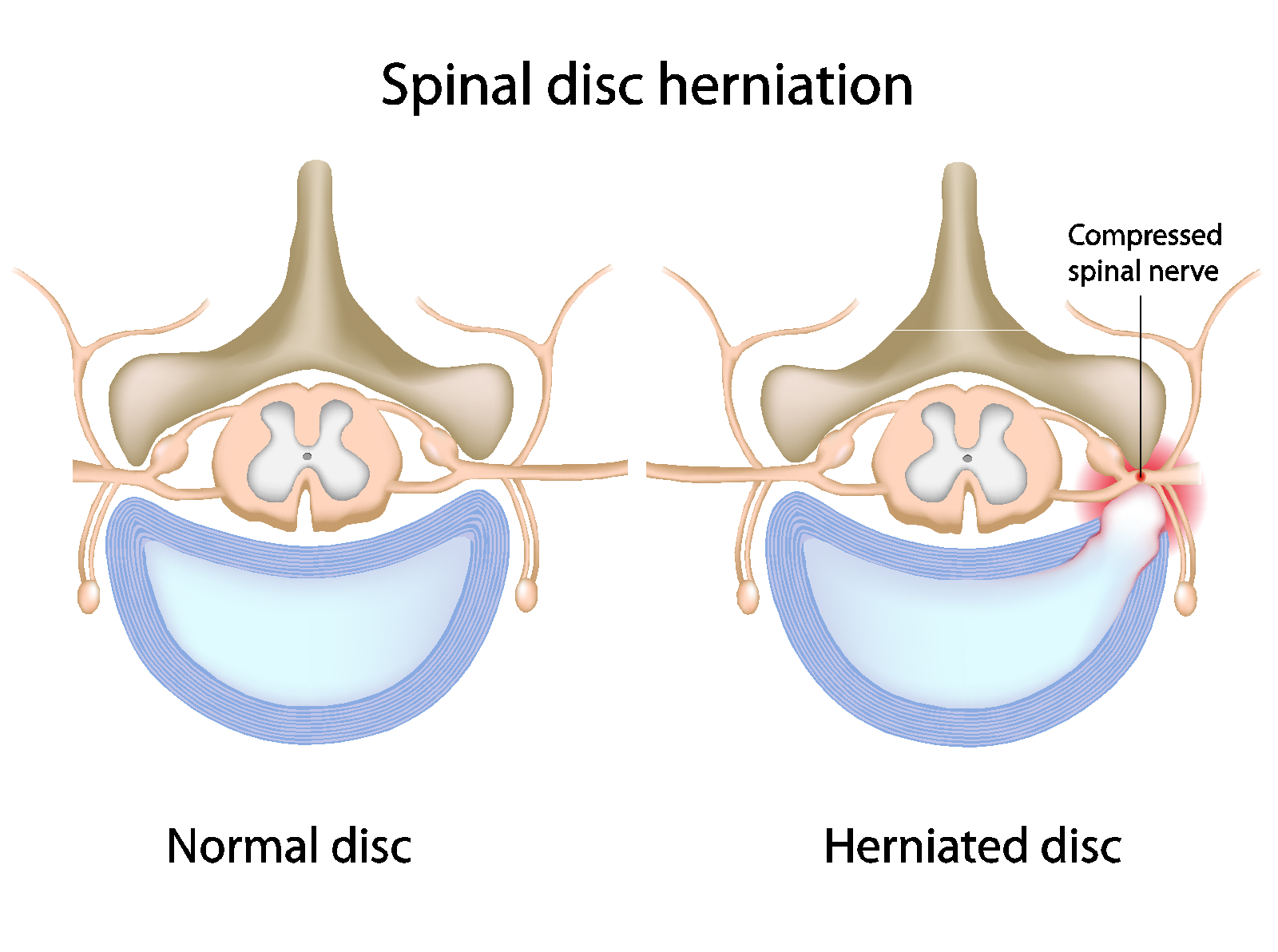
The Jelly Donut Analogy for Disc Herniation
Sorry to make you hungry, but picture your disc as a jelly donut. If the outer dough part of the donut breaks, the jelly-filled center will spill out. Similarly, if the outer portion of the disc (annulus fibrosus) fails, the gel-like center (nucleus pulposus) will spill out.
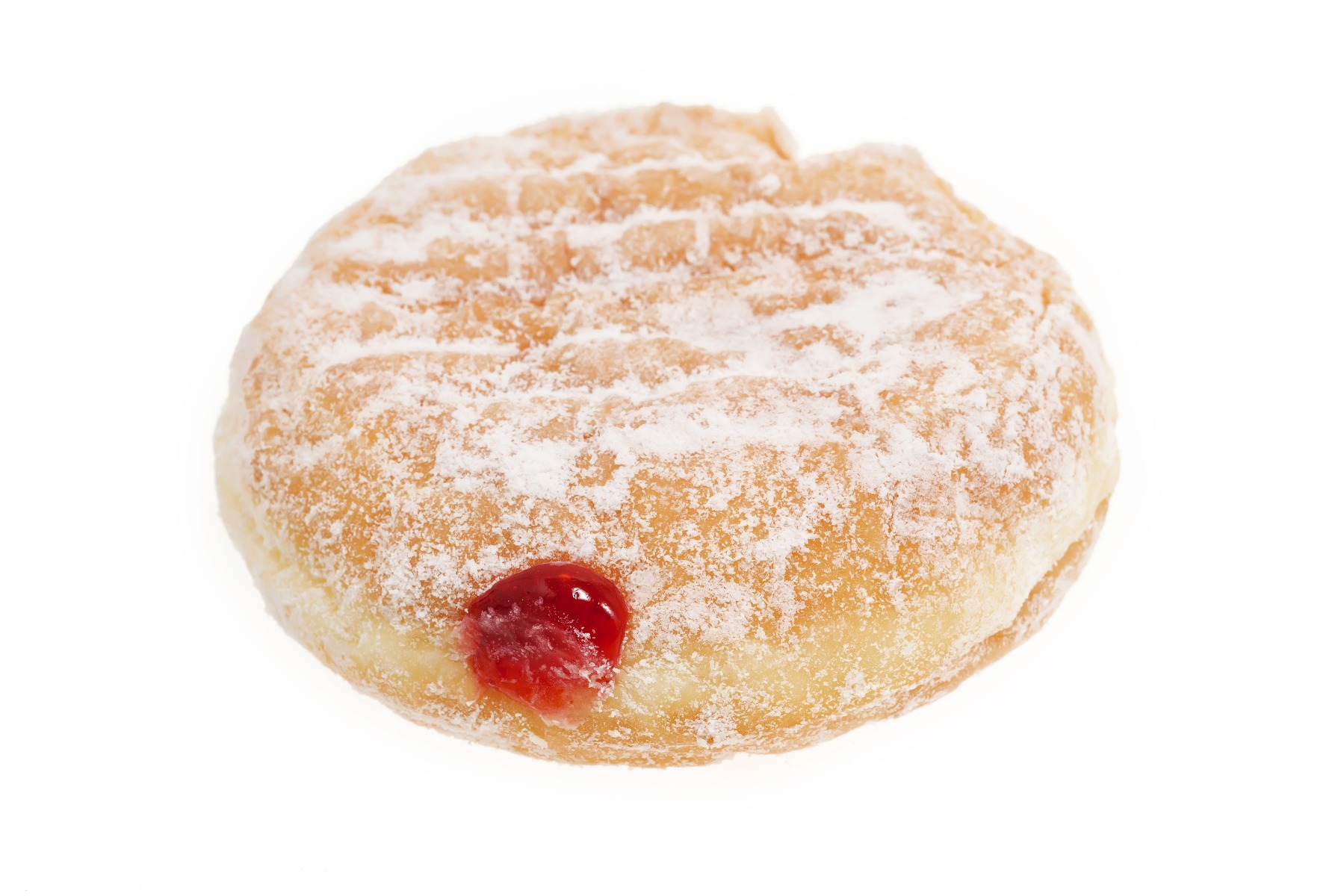
What causes a slipped/herniated disc?
- One quick, forceful load on your spine
- Example: Picking up a HEAVY box (ex: dishes, textbooks, etc.) from the floor while moving houses
- ONE bad movement can lead to a slipped disc
- Repetitive, low level loads on the spine
- Example: A job that requires a lot of repetitive work involving your back
- Working in a factory or manufacturing plant
- A mother who is constantly picking up toys and clothes off the ground around the house
- Light objects lifted repeatedly will eventually cause the disc to fail because it cannot tolerate anymore stress.
- One low level load on your spine for a long duration
- Example: Gardening and planting flowers while bent over for a LONG time
- The long duration of stress on your spine can also cause a herniated disc
Risk Factors for a Slipped Disc
- More likely as you age
- Being overweight
- Weak muscles
- An inactive lifestyle
Herniated Disc Symptoms
These will vary depending on the location of the injured disc and the degree of herniation (how far, which direction), but may include:
- Pain typically described as searing, sharp, or radiating
- Numbness
- Tingling
- “Pins and Needles” sensation
- Muscle weakness
- Symptoms felt in your hips, legs, or feet if the herniated disc is in your lower back
- Symptoms felt in your shoulders, arms, or hands if the slipped disc is in your neck
- The pain may worsen when you bend, lift, walk, or stand up
- It is typically more painful in the extremities (arms or legs) than the spine
- Some people have a slipped disc without any symptoms
Treatment During the First 24 Hours
If you have a slipped disc, these simple treatments can help relieve pain in the early days after your injury. See your doctor if the pain increases or lasts for longer than a few weeks.
Hot or Cold Therapy?

Cold therapy will reduce inflammation and relieve pain, while heat therapy relaxes muscles and increases blood flow to speed healing. Research suggests heat is better for acute back pain, but you should use what feels best and discuss options with your doctor. Therapearl packs are useful because you can heat or freeze them to discover what works best for you.
Medication and Alternatives
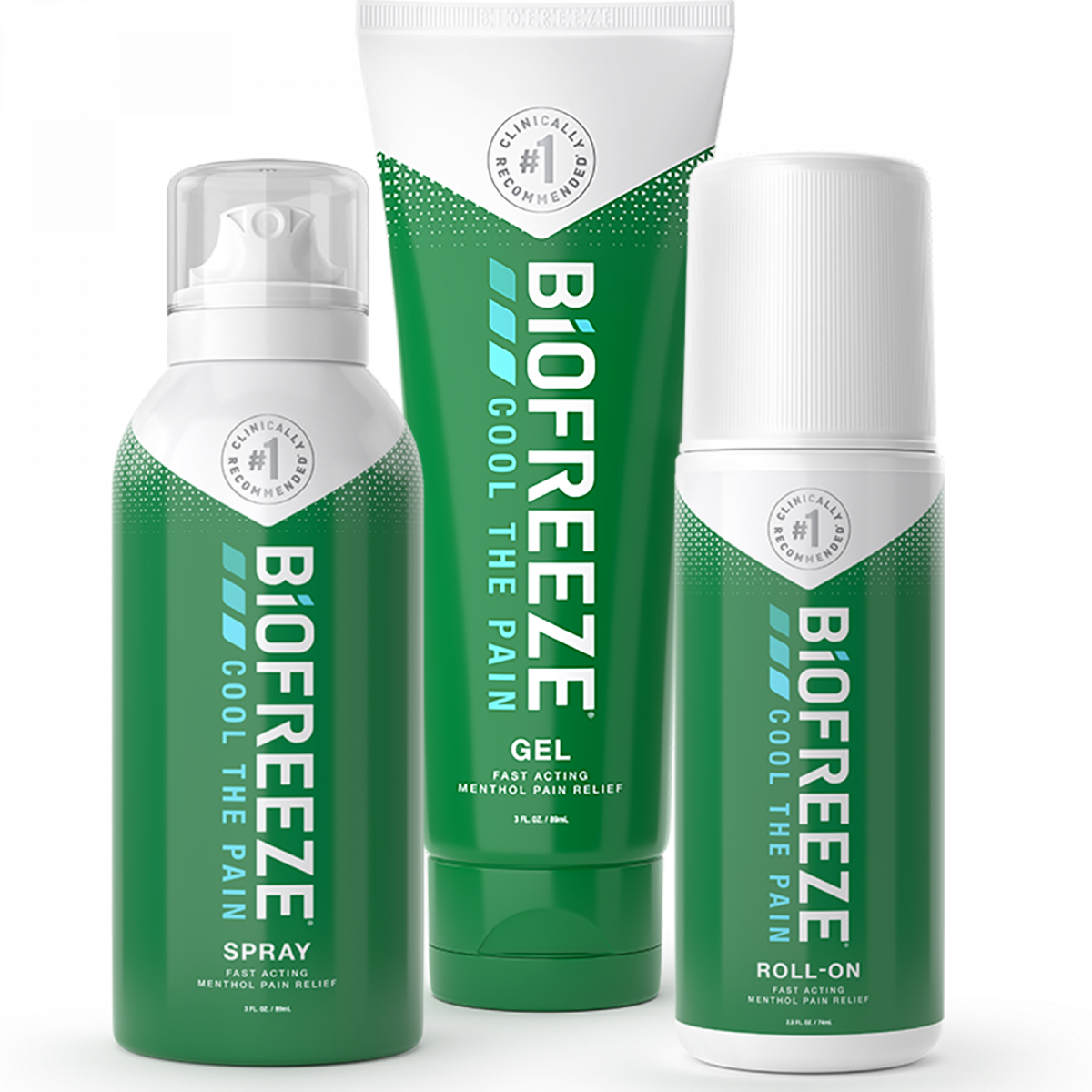
NSAIDs (aspirin, ibuprofen...) can provide short-term back pain relief. Acetaminophen (Tylenol) and muscle relaxants can also help control your symptoms. If you’re looking for an alternative to medication, try Biofreeze. You apply it directly to the skin for topical pain relief without the side effects of NSAIDs.
Should I Exercise with a Herniated Disc?
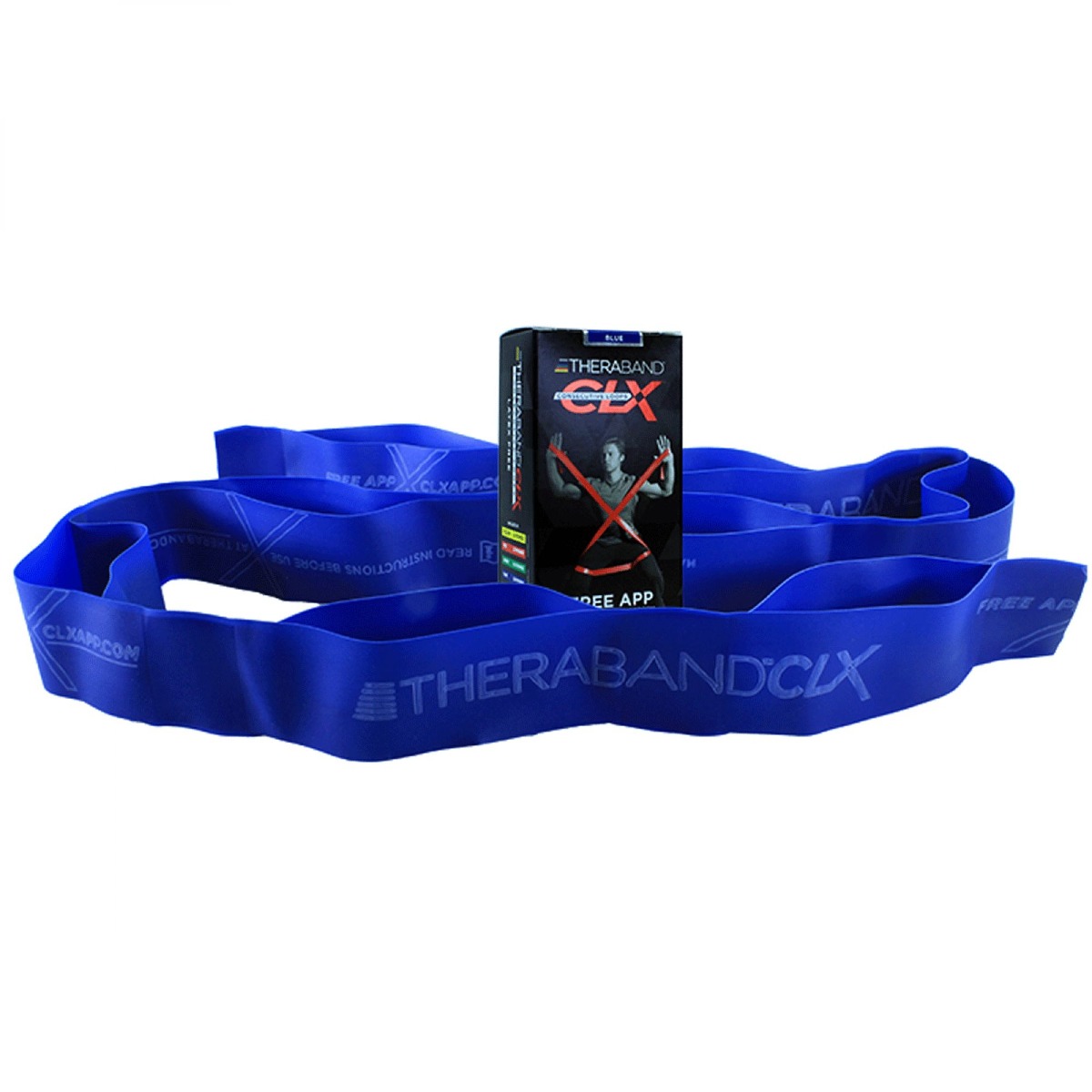
Staying as active as possible (within your pain limits) reduces the amount of time you spend missing work, reduces pain, and speeds your return to daily activities. Research has found that avoiding bed rest and keeping to your normal activities leads to the quickest recovery from acute lower back pain. You should avoid twisting or bending, especially while lifting, during your recovery.
Prevention
The recurrence rate of a slipped disc ranges from 60-86%. Reinjury is more likely in the first year, but exercise and careful lifting can help prevent this.
Six Exercises to Prevent a Slipped Disc
You’ll need:

1. Pro Series Exercise Ball Superman
Lay on your stomach on top of the TheraBand Pro Series exercise ball. Use your feet to stabilize yourself as you slowly extend your arms forward. Keep your arms in line with your trunk and don’t hyperextend your back. Hold and slowly return.

2. Pro Series Exercise Ball Supine Extension Stretch
Lay with the exercise ball under your back. Lean backwards and reach your arms overhead. Stabilize yourself with your feet to keep the ball from moving. This creates a nice stretch.

3. Pro Series Exercise Ball Low Back Extension
Kneel beside the TheraBand Pro Series SCP ball and rest your hips, stomach, and chest against the ball. Lift your chest upward to extend your lower back and hold before slowly returning. Keep your back in the neutral position and don’t hyperextend it during this exercise.
4. CLX Core Stabilization
Lying flat on your back, place each foot into a center loop leaving one loop between them. Then place your hands into the end loops of the TheraBand CLX resistance band. Keep your hands at your sides, your knees bent, and your feet flat on the floor. Lift one leg and the opposite arm at the same time. Return to your starting position and repeat on the other side.
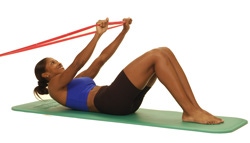
5. TheraBand Abdominal Crunch in Supine
Attach the ends of your resistance band to a stationary object. Lay flat on your back with your head towards the band. Bend your knees with your feet flat on the floor. Grasp the middle of the band with one hand in each loop. Keep your arms straight and curl your trunk upwards lifting your shoulder blades off the floor. Hold and then return.
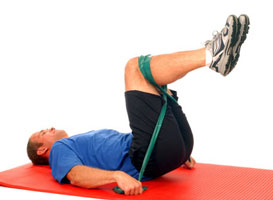
6. TheraBand Abdominal Crunch for Lower Abs
Lay on your back; an exercise mat can help reduce discomfort. Flex your hips and knees. Wrap the TheraBand resistance band around your knees and cross it underneath them. Raise your knees to lift your hips off the floor, then slowly return.
How to Properly Lift to Avoid a Herniated Disc
|
|
Other Tips to Prevent Injury
- Exercise your lower back and abs regularly to avoid back pain
- Practice good posture (shoulders, hips, and knees aligned) to protect your back
- Quit smoking to prevent your spinal discs from becoming dry, brittle, and vulnerable to injury
A herniated or slipped disc can be painful and stop you from enjoying your daily activities. Thankfully, pain relief can get you back to work and your personal life faster. It’s important to take steps after you’ve recovered to avoid re-injury and keep your back healthy.
References
Donnally III, C. J., & Dulebohn, S. C. (2017). Lumbar Degenerative Disk Disease. StatPearls. StatPearls Publishing. Retrieved from http://bit.ly/2BT64G1
French, S., Cameron, M., Walker, B., Reggars, J., & Esterman, A. (2010). Superficial heat or cold for low back pain (Review). The Cochrane Collaboration. Retrieved from http://bit.ly/2o7iLDB
Hides, J. A., Jull, G. A., & Richardson, C. A. (n.d.). Long-Term Effects of Specific Stabilizing Exercises for First-Episode Low Back Pain. SPINE, 26(11), 243–248. Retrieved from http://bit.ly/2BU9ic7
Malmivaara, A., Häkkinen, U., Aro, T., Heinrichs, M.-L., Koskenniemi, L., Kuosma, E., … Hernberg, S. (1995). The Treatment of Acute Low Back Pain — Bed Rest, Exercises, or Ordinary Activity? New England Journal of Medicine, 332(6), 351–355. http://bit.ly/2Bvzd91
Medical Disclaimer: The information provided on this site, including text, graphics, images and other material, are for informational purposes only and are not intended to substitute for professional medical advice, diagnosis or treatment. Always seek the advice of your physician or other healthcare professional with any questions or concerns you may have regarding your condition.








 France
France Australia
Australia
